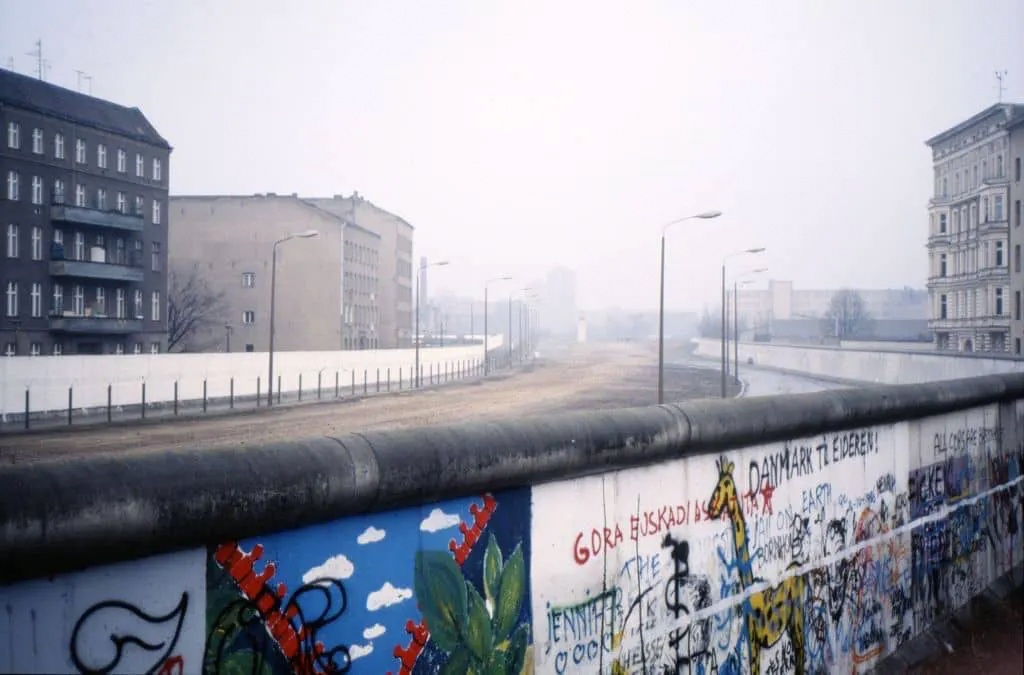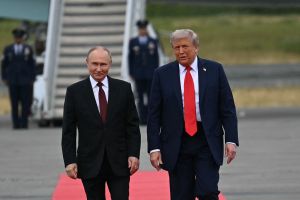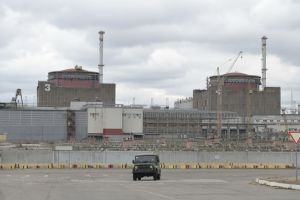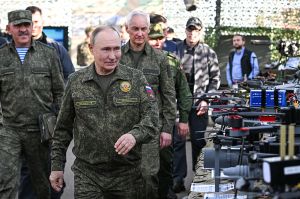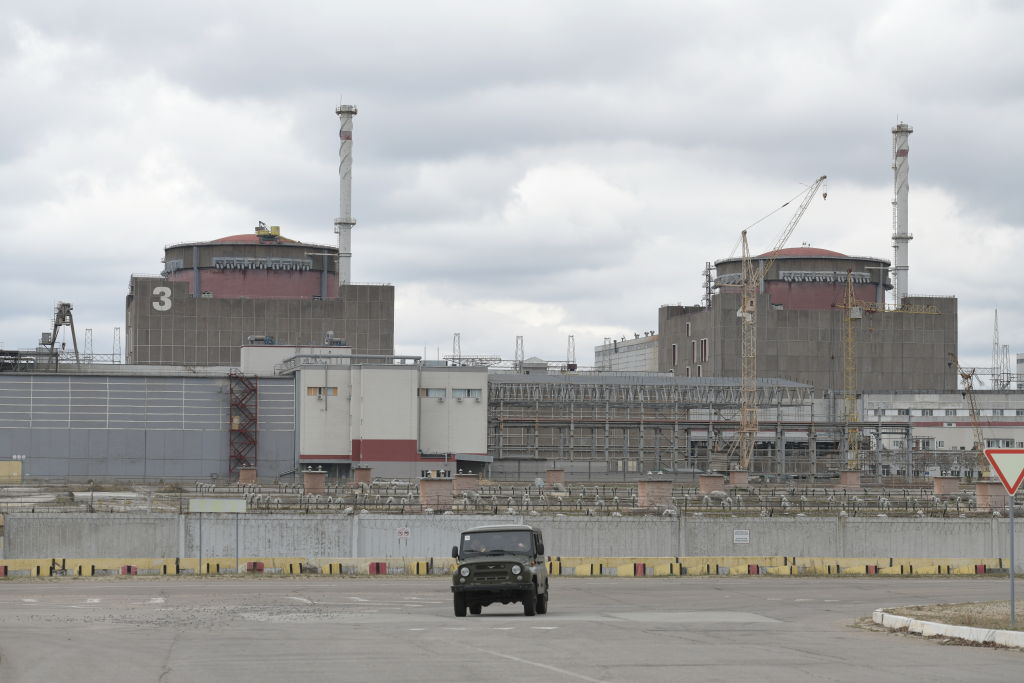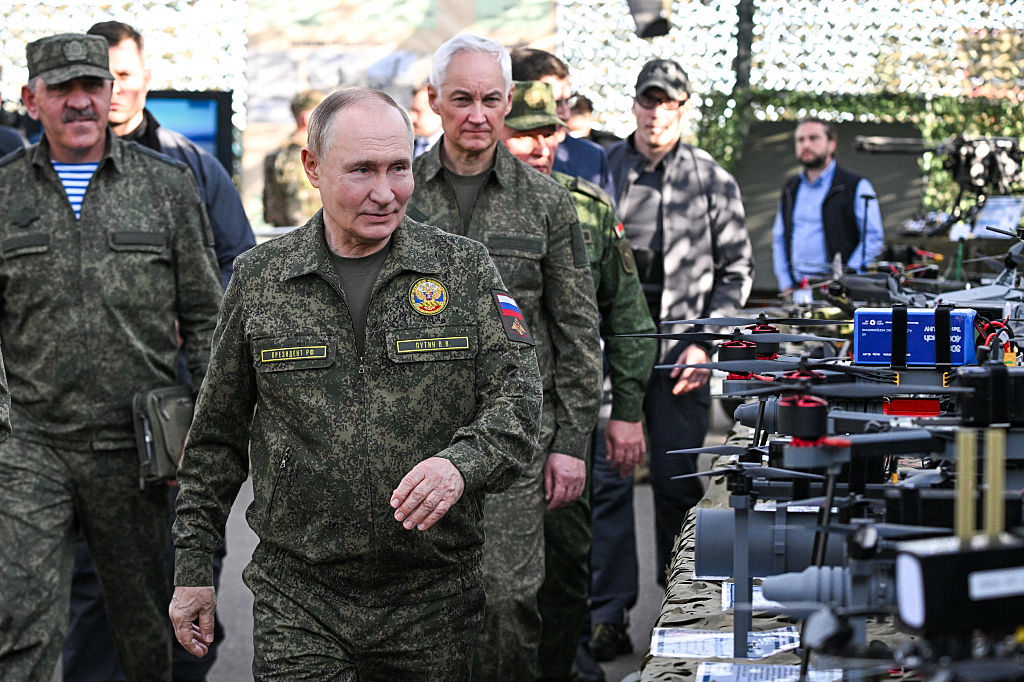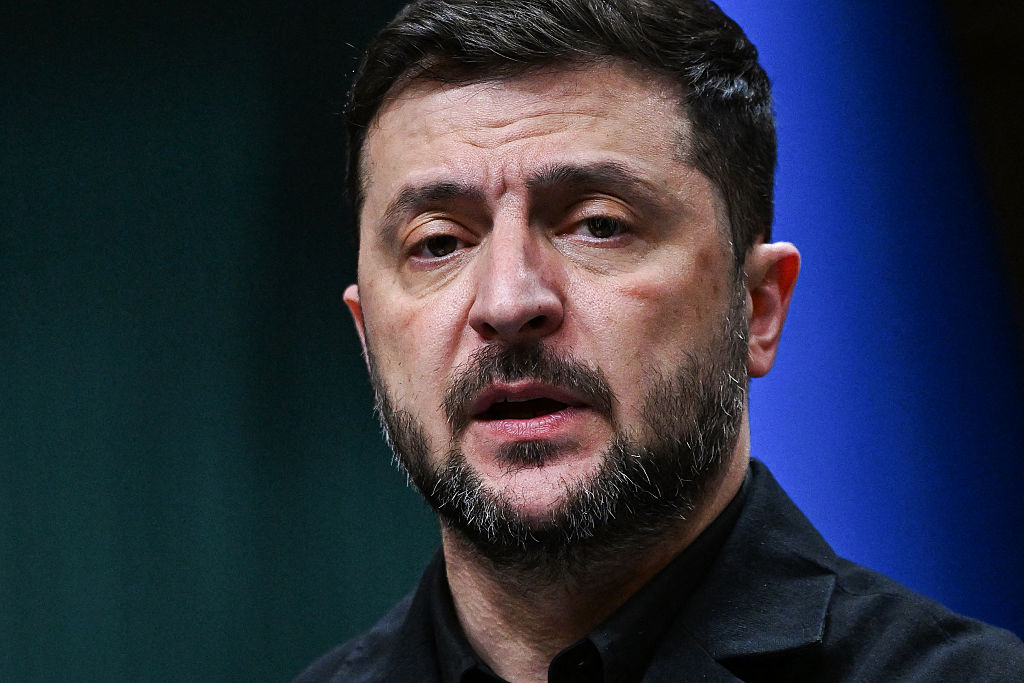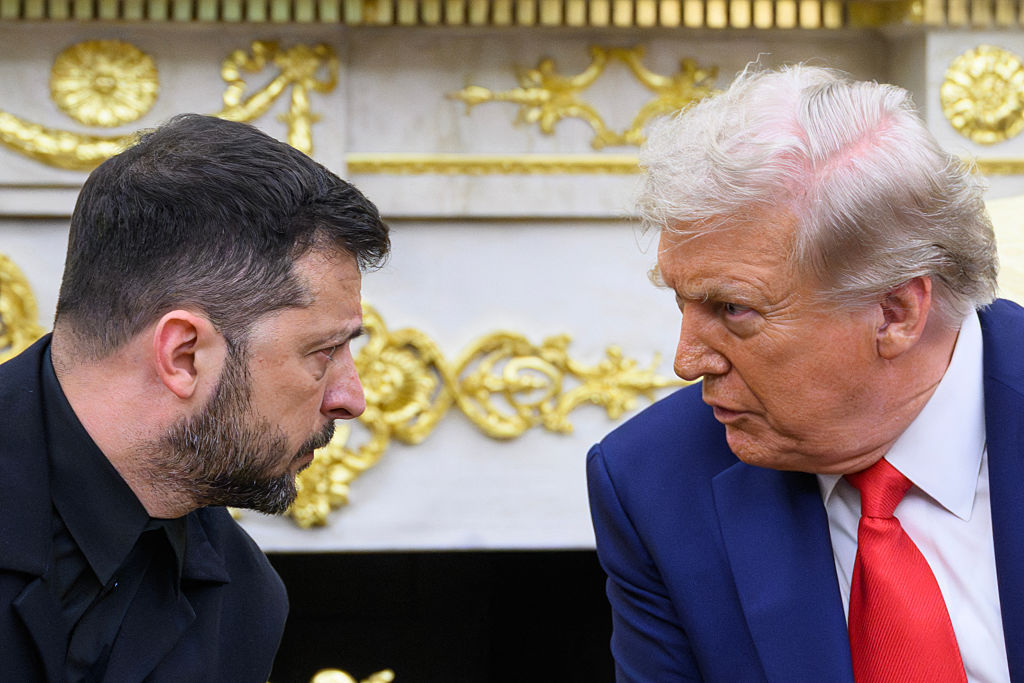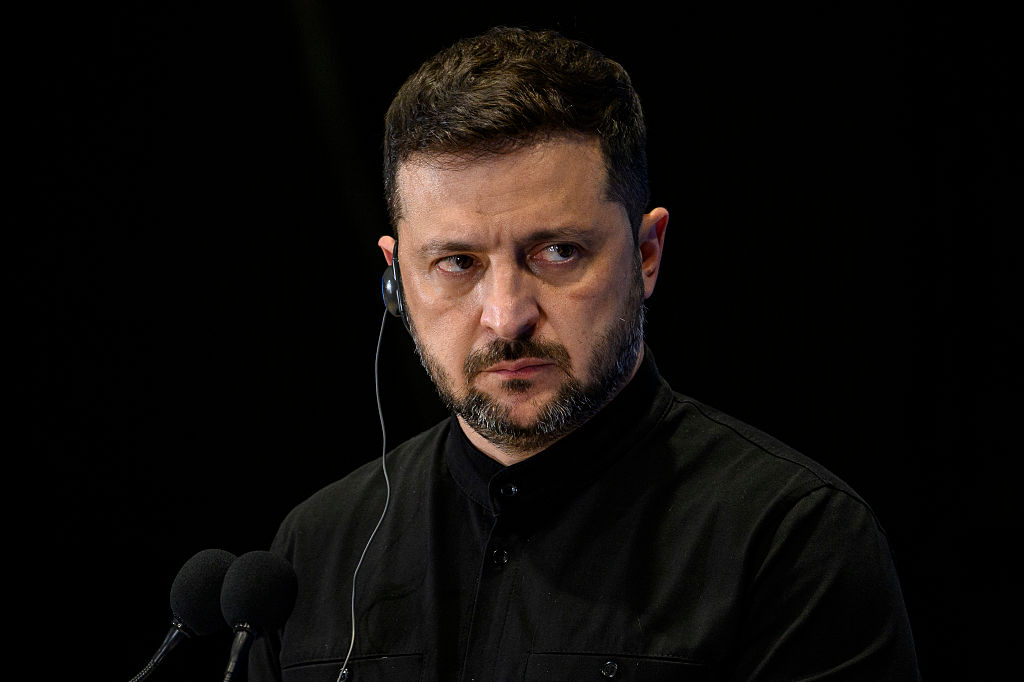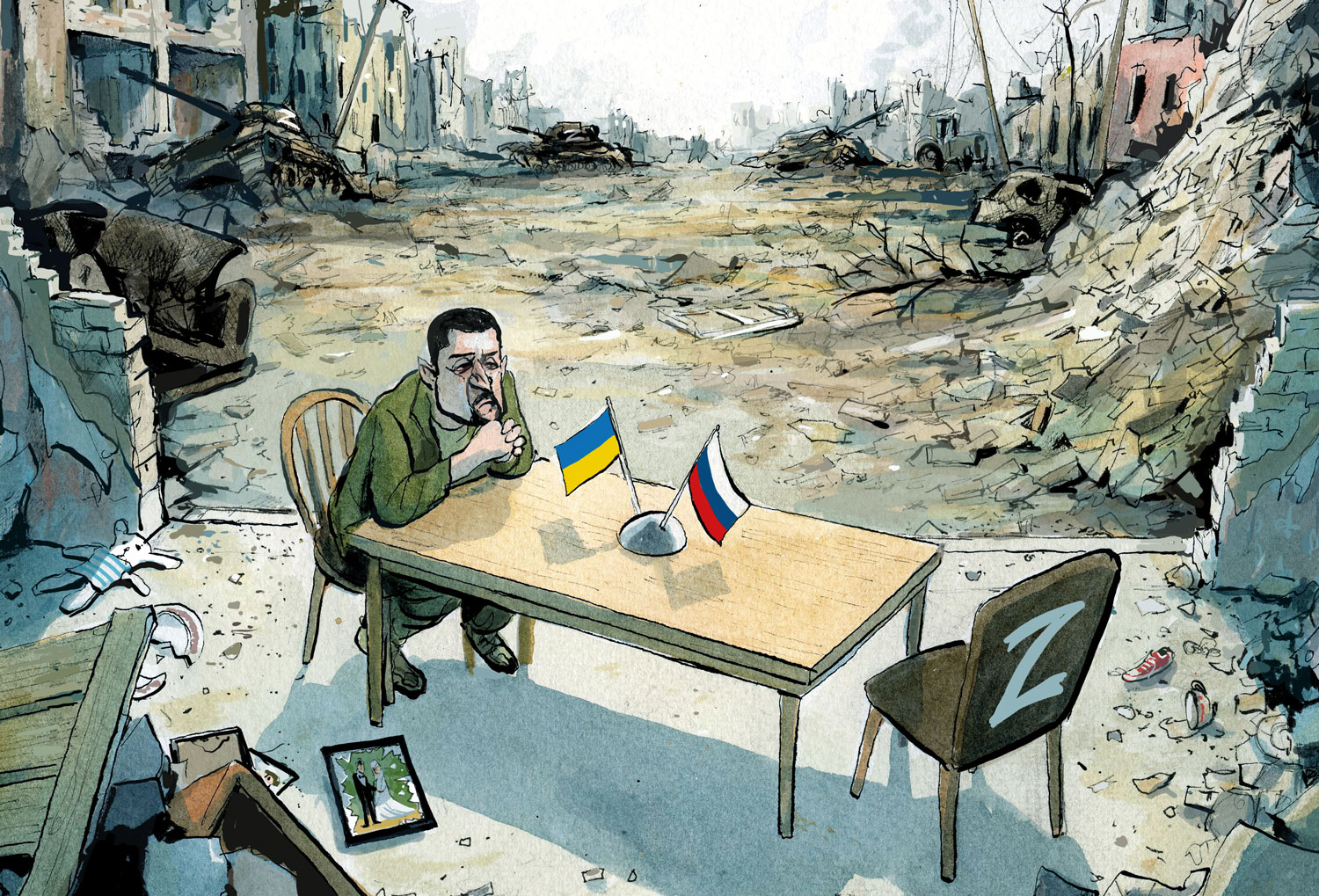Just before the pandemic, I spent several months traveling through Europe, from the north of Norway to Istanbul and beyond to Azerbaijan. I saw unforgettable sights: the endless daylight of the Arctic summer; the vast Hammershus castle on the Danish island of Bornholm; Vienna’s ornate Prunksaal library; and the sandy beaches of Corfu.
But the focus of my journey was precisely those things that most travelers to these places often ignore. I was following the route of the Iron Curtain. My aim was to visit every part of that old great divide, all the places where NATO once abutted the Warsaw Pact, where overwhelming military might stood constantly primed for apocalypse.
I wanted to understand how this epochal division had operated in practice, what it had meant to the people who lived nearby, and how its legacy — physical, political and emotional — has continued to make itself felt in the present.
I visited the remnants of the Berlin Wall but I also spent time in other divided cities, towns and villages. The so-called “Little Berlin” of Mödlareuth was perhaps the most poignant. A Berlin-style wall once ran round its duck pond. For absurdity nowhere could beat the fortified border between Italy and Yugoslavia as it was found in the railway station square of the twin towns of Gorizia and Nova Gorica: two systems, two countries, and one square that for forty years no one could cross.
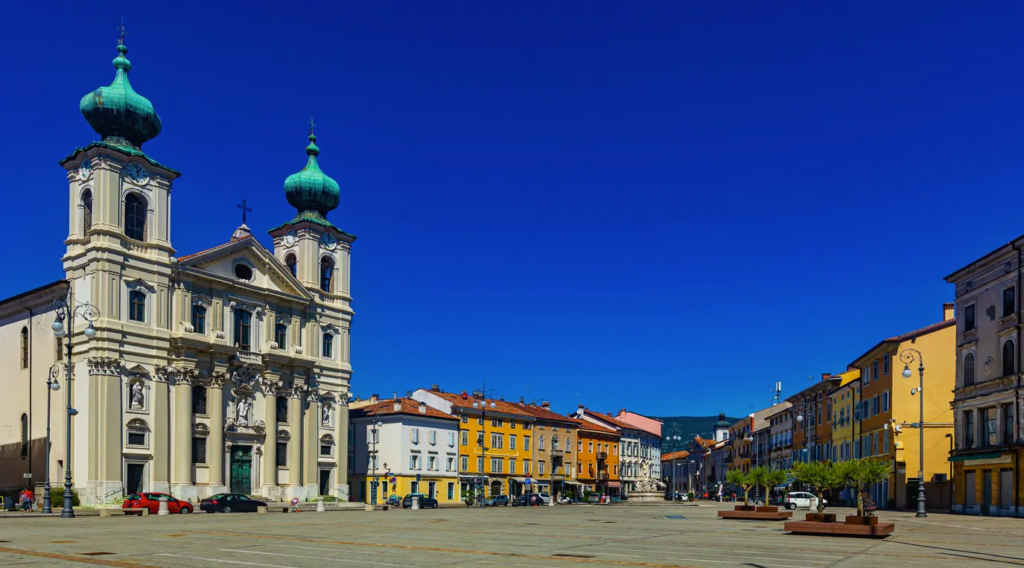
I met people who risked their lives to escape from east to west, and I also discovered the obstacles that ordinary travelers faced when going in either direction. At the autobahn checkpoint of Helmstedt-Marienborn, which most West Germans used to get to West Berlin, the East German state perfected the dark arts of making travel miserable. At the museum that preserves this remarkable site I learned of the menace that constantly hung in the air, of the thousands of people whose vehicles were literally dismantled during searches for escapees and contraband, and of the concealed X-ray machines that cars containing dissidents were made to park beside, sometimes for hours, causing cancers in later life.
Martina and Rüdiger, a couple who fled East Germany in the mid-1980s to escape religious persecution, told me of the pain they felt when leaving their loved ones behind. They also showed me their Stasi files, in which they later discovered that some of those old friends had been informing on them all along. An Albanian grandmother in the Adriatic resort of Sarandë recalled tuning in to Italian television to learn about what was really going on in the world. She said the family watched with the sound muted for fear neighbors would report them.
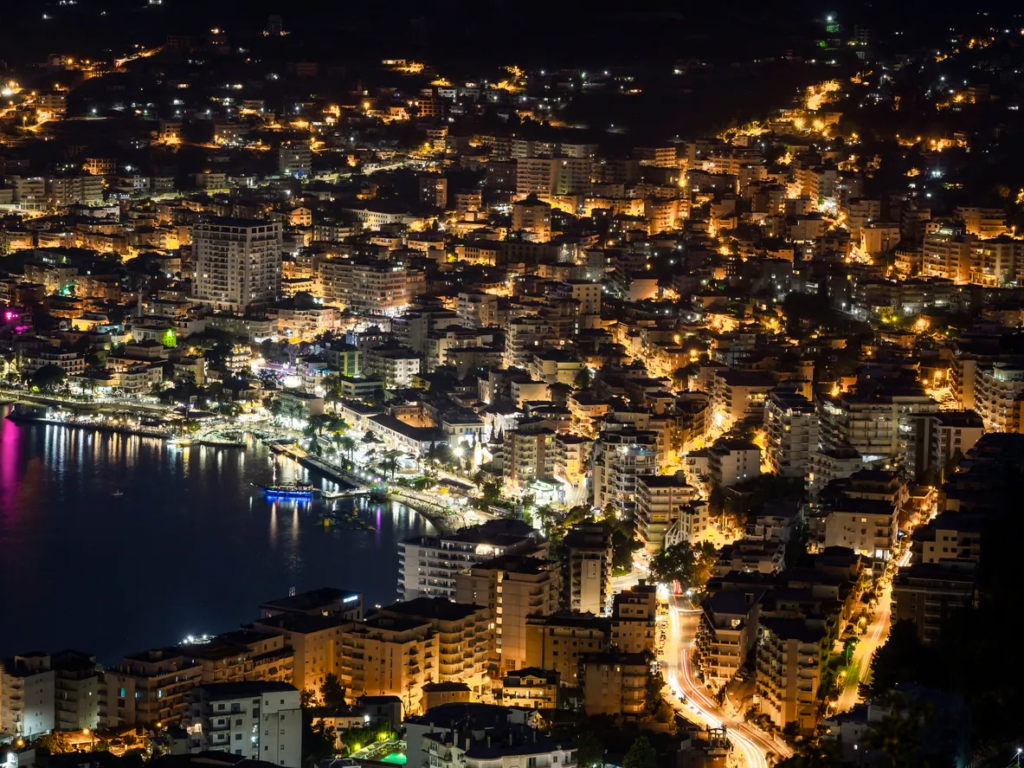
My own 2019 journey was for the most part gloriously simple. With the exception of entering and leaving Russia I did not show my passport once between Oslo and Ljubljana. I crossed the old Iron Curtain eighty-five times. Even the Russian border, which I had found frightening before, seemed friendlier then; I felt the guards might have had lessons in customer service.
There were some darker signs. The residents of Norway’s eastern Finnmark county told me that even after the Cold War they still never looked across the border into Russia for fear of attracting unwanted attention. The aftermath of Europe’s 2015 migrant crisis was also visible in gigantic new walls and fences erected along the southern frontiers of Hungary and North Macedonia.
When Covid-19 struck, global travel went into spasm. Pandemic travel restrictions at times seemed to contain echoes of the Cold War past: the complex documentation, the grave penalties, multiple and intrusive checks, the heightened possibility of being stranded or deported. Troubling as this was, however, I assumed it would be a temporary blip.
Then this February President Putin launched his full-scale war on Ukraine. The turning back of Europe’s historical clock is now unmistakable; it is almost certain that a new Iron Curtain has descended. Russians and Belarusians look set to be marooned on its eastern side. The question remains as to whether some or all of Ukraine ends up there too. Airspace — not something most travelers think of, even when sitting on a plane — has closed on both sides of the new divide. A fresh generation of Russian exiles has been created. They will soon double or treble the size of existing Russian outposts in Berlin, Istanbul, Cyprus and elsewhere. And the people of Ukraine flee in their millions, almost all of them westwards.
We are having to confront the utter fragility of liberties we have taken for granted, including the wonderful right to move across our continent with ease and to encounter one another’s cultures and histories along the way. One day these new barriers will fall. For all our sakes, we must hope that day comes soon.
This article was originally published on Spectator Life.



